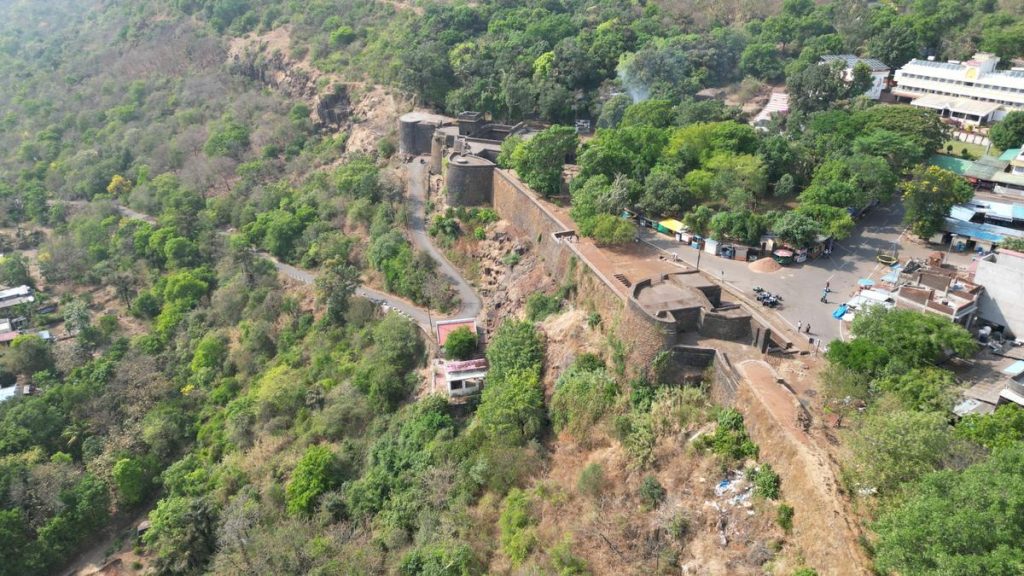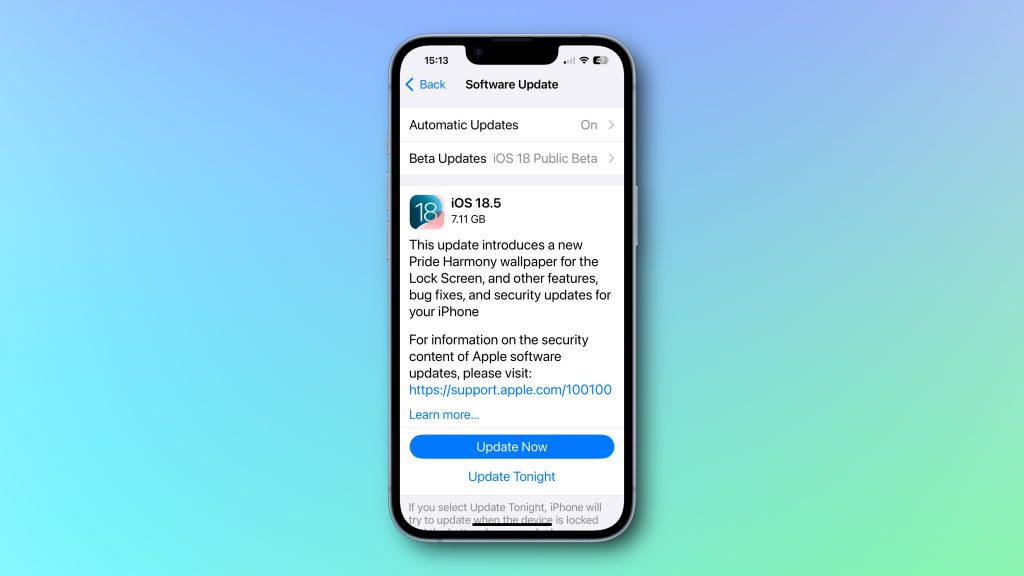Now Reading: Soviet Venus Lander Kosmos 482 Returns to Earth After 53 Years in Orbit
-
01
Soviet Venus Lander Kosmos 482 Returns to Earth After 53 Years in Orbit
Soviet Venus Lander Kosmos 482 Returns to Earth After 53 Years in Orbit

speedy Summary:
- Kosmos 482, a failed Soviet Venus lander launched in 1972, re-entered Earth’s atmosphere and crashed into the Indian Ocean near Jakarta, Indonesia on May 10, 2025.
- The exact reentry location is uncertain as some tracking organizations predicted option sites from South Asia to the Pacific Ocean.
- Designed for Venus’ harsh habitat,Kosmos 482 may have survived its high-speed descent and impacted Earth intact at approximately 150 mph (240 kph).
- The spacecraft had an elliptical orbit around Earth for over five decades due to a rocket malfunction during launch.
- Weighing about 495 kg (1,190 lbs) and measuring nearly one meter wide (~3.3 ft), Kosmos 482’s kinetic impact resembled that of a large meteorite fragment.
- It sheds light on the increasing risks posed by growing amounts of space debris,especially with Earth’s orbit hosting over 11,400 active satellites out of roughly 14,240 total currently tracked.
Indian Opinion Analysis:
the historic descent of Kosmos 482 underlines both scientific evolution as the Space Race era and current challenges relating to space debris management. With three critically important fragments of debris entering Earth’s atmosphere daily-and that rate poised to increase-closer global monitoring systems are essential. For India specifically, homegrown advancements in satellite launches through ISRO’s programs must incorporate lasting de-orbiting mechanisms and international partnerships around mitigation policies.
Along with minimizing environmental impacts such as ozone depletion from reentering satellites-a concern raised by researchers-the incident reiterates India’s duty within global frameworks like UNCOPUOS for ensuring peaceful use of outer space. Growing megaconstellation demands introduce competition but necessitate collaboration to protect long-term access while maintaining pragmatic solutions toward shared orbital spaces.



























